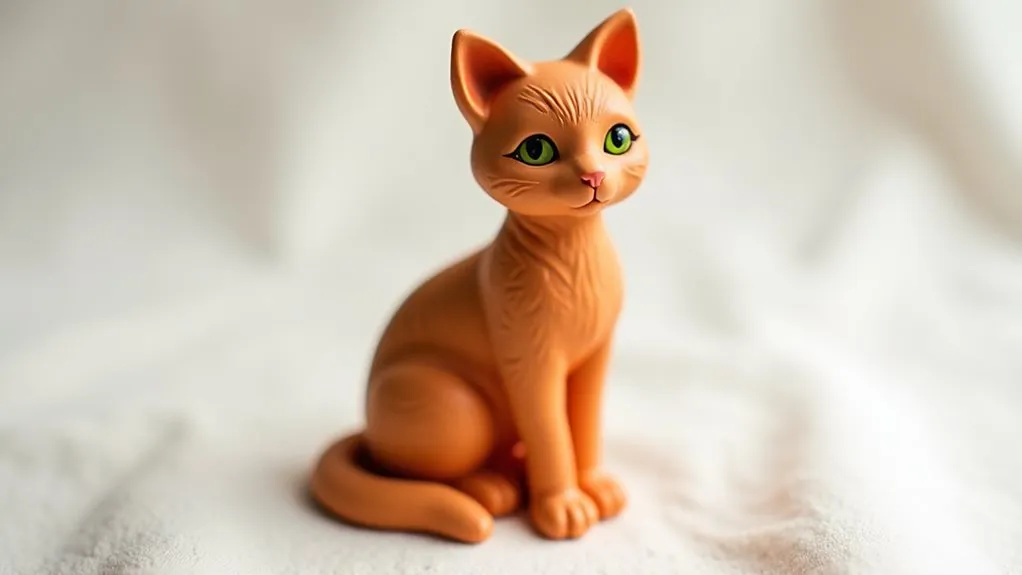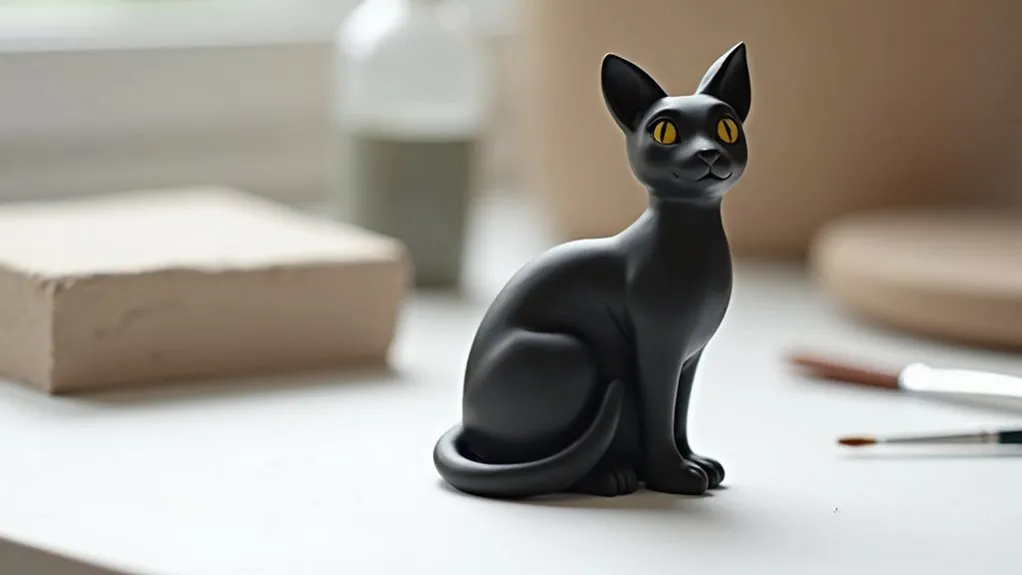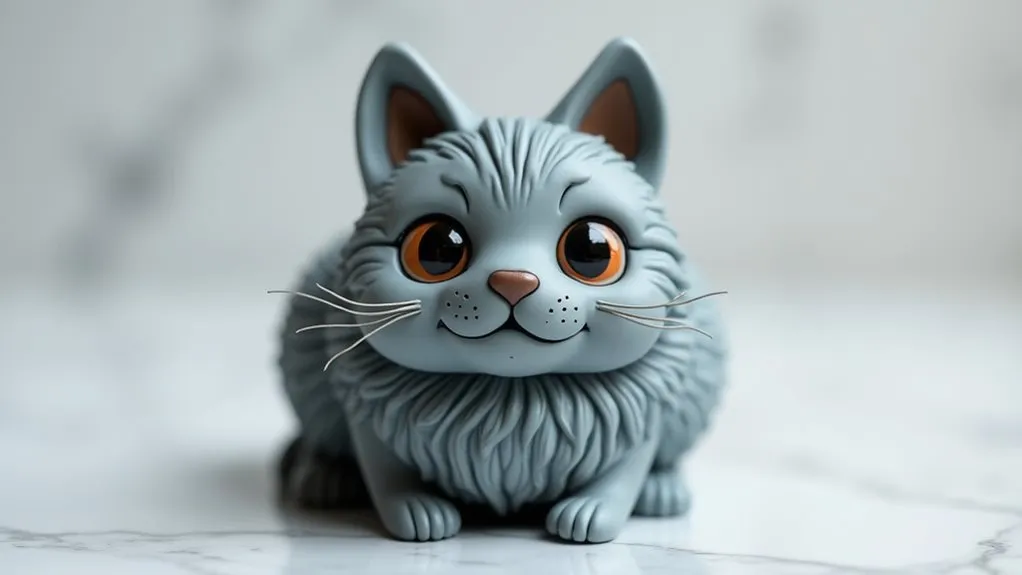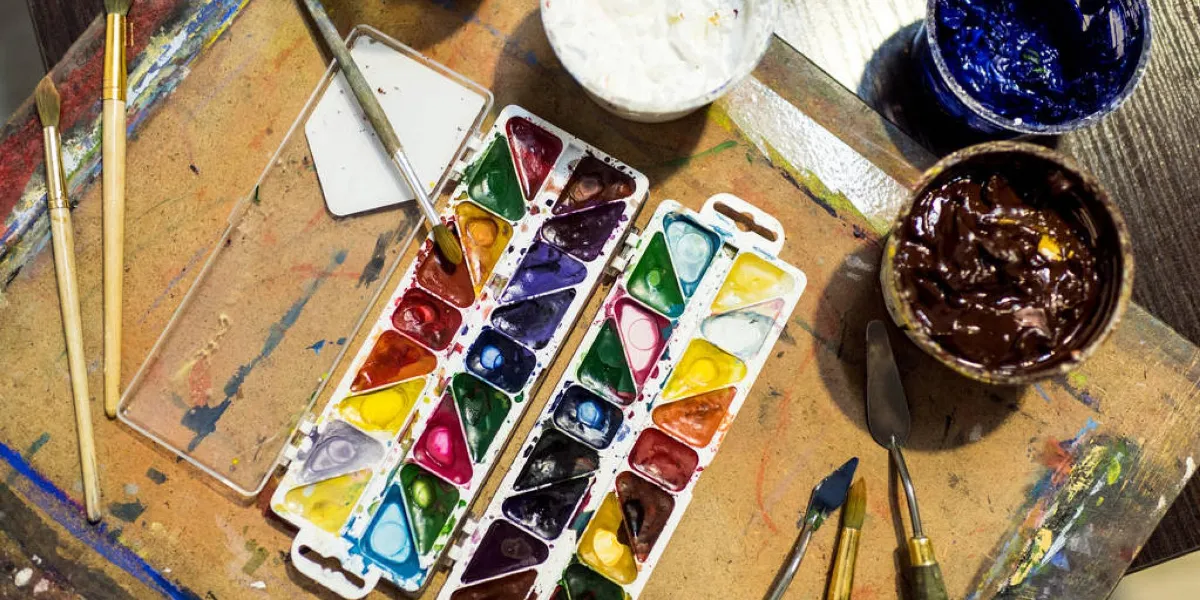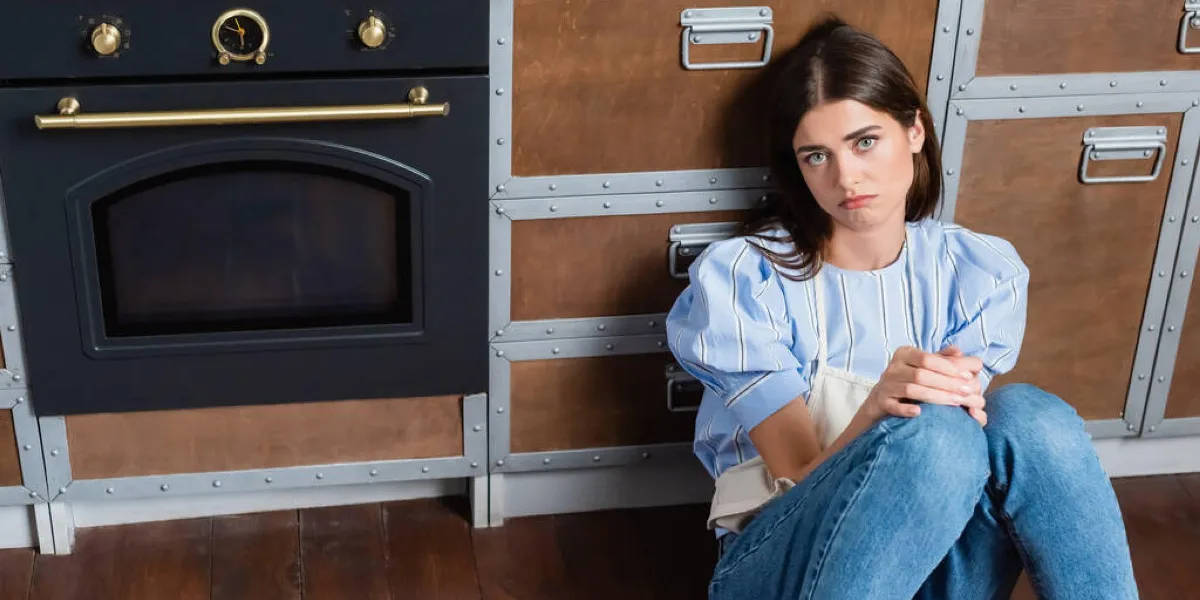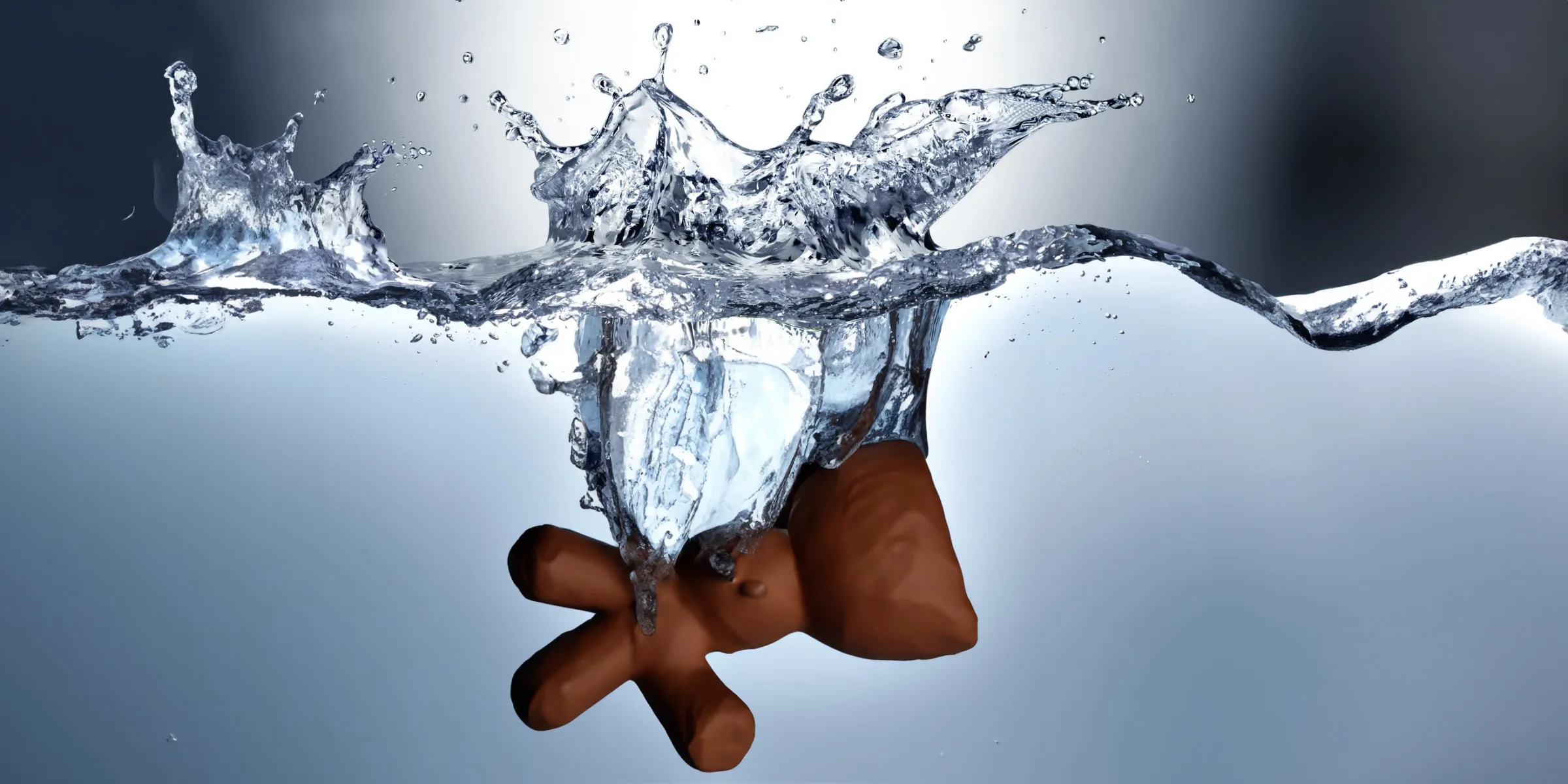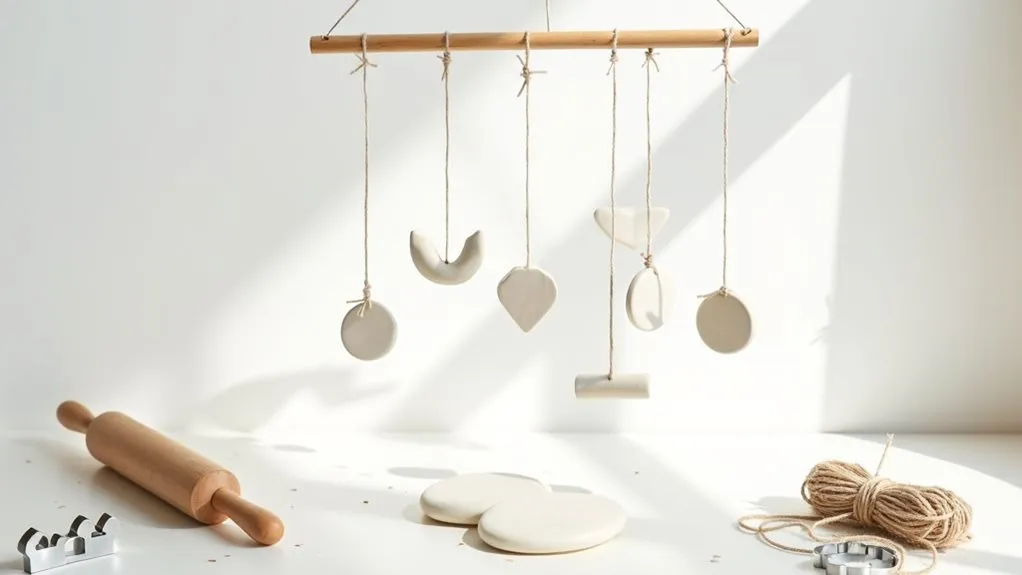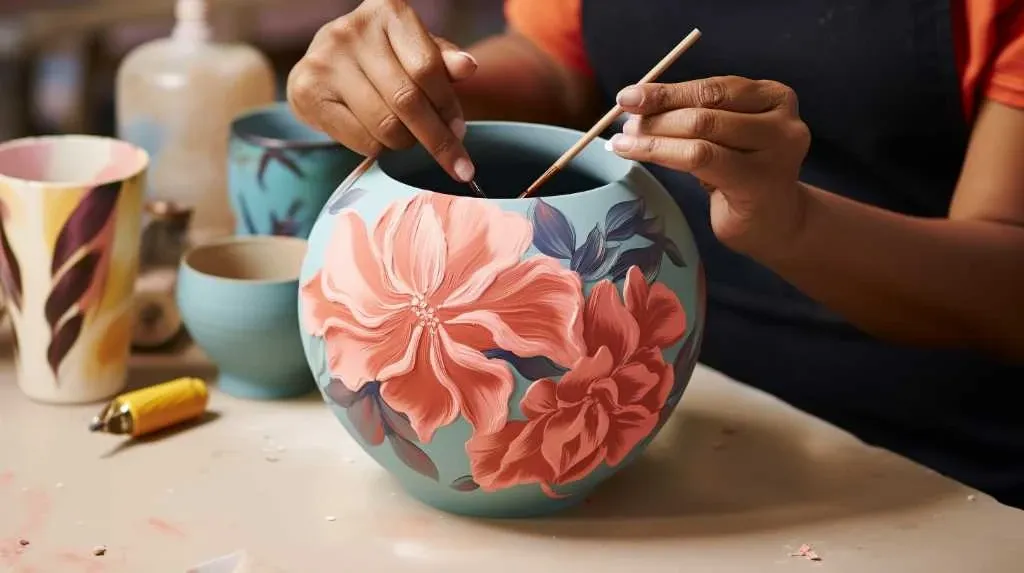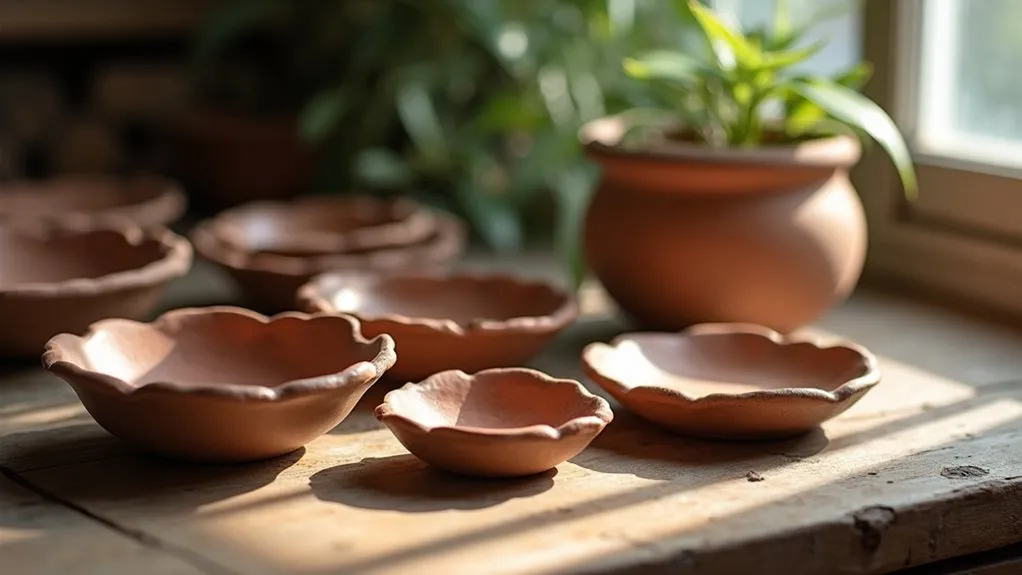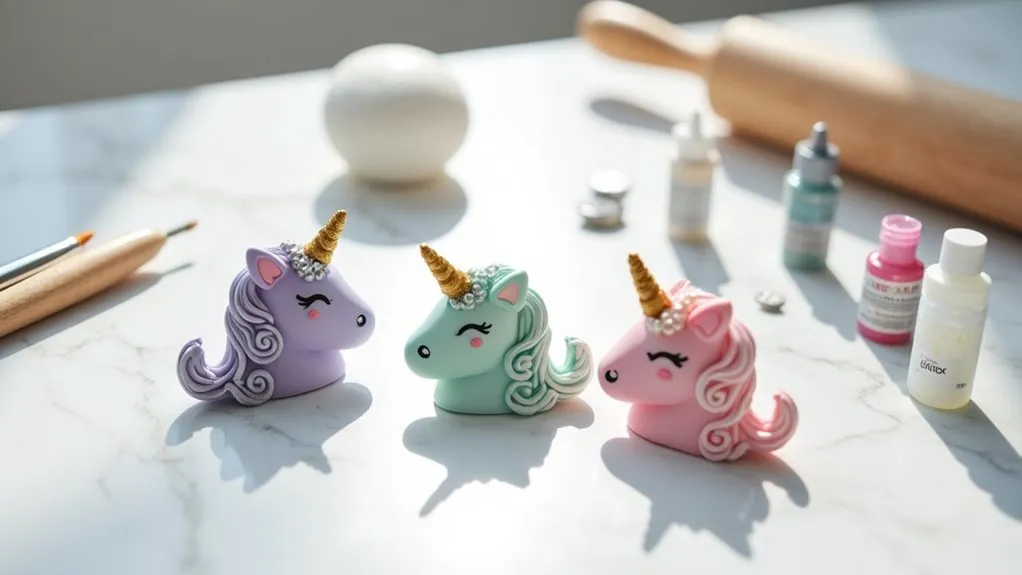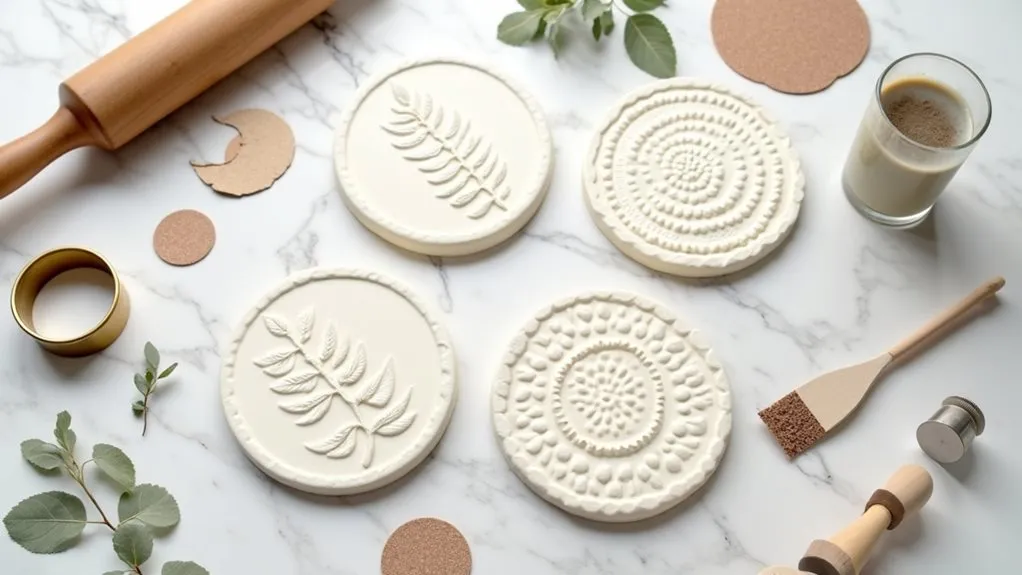Did you know that one-eyed orange cats often display heightened sensitivity to movement and enhanced spatial awareness, compensating remarkably for their limited vision? You’ll discover that these resilient felines develop unique hunting techniques and navigation skills that set them apart from their two-eyed counterparts. Their adaptation process reveals fascinating insights into feline neuroplasticity, making them exceptional subjects for understanding how cats overcome physical challenges.
Key Takeaways
- One-eyed orange cats exhibit remarkable resilience and adaptability, often living full, active lives despite their physical difference.
- The artistic representation of one-eyed cats dates back to ancient Egyptian culture and continues through modern art forms.
- Orange cats with one eye require regular veterinary care and monitoring of their remaining eye to maintain optimal health.
- These cats make unique subjects for art and photography, capturing their distinct personalities and inspiring emotional connections.
- One-eyed orange cats serve as powerful symbols of survival and strength, often becoming beloved ambassadors for special needs pets.
History
While the practice of crafting one-eyed cat sculptures has gained popularity in recent years, the artistic representation of cats with disabilities traces back to ancient Egyptian culture, where cats – including those with injuries or impairments – were revered and immortalized in art.
You’ll find that throughout history, artists have depicted cats with various physical differences in their work, celebrating their resilience and unique beauty.
In the 19th century, Victorian-era craftspeople began creating detailed porcelain figurines of one-eyed cats, often as symbols of survival and adaptability.
Today’s contemporary artists continue this tradition through various mediums, from digital art to handcrafted sculptures. The rise of social media has further popularized these representations, with many artists sharing their creations to raise awareness about special needs pets and their remarkable spirits.
Project
Creating a one-eyed orange cat sculpture allows artists to celebrate the resilience of felines who’ve adapted to life with vision in just one eye. This meaningful art piece stands as a tribute to these special cats while providing a rewarding crafting experience that develops sculpting skills and artistic expression.
The project takes approximately 2-3 hours to complete, not including drying time, and results in a charming 4-inch tall desktop companion. The finished sculpture captures the distinctive character of one-eyed cats through careful attention to facial features and body positioning, making each piece unique to the artist’s vision.
- Air dry clay (8 oz / 226g)
- Acrylic paint: orange, white, black
- Paintbrush set (sizes 0-4)
- Sculpting tool or craft knife
- Clear acrylic sealer spray
Begin by dividing the clay into two portions – approximately 6 oz (170g) for the body and 2 oz (56g) for the head and features. Roll the larger portion into an egg shape for the body, then form the smaller portion into a round head. Join these pieces using water as a bonding agent, then attach triangular ears, four legs, and a curved tail.
Create texture for fur using light scoring motions with the sculpting tool. Shape one eye socket on the right or left side of the face, add a small triangular nose, and finish with a gentle curved line for the mouth. Allow the piece to dry completely for 24-48 hours before painting with acrylics and sealing.
When working with air dry clay, maintain consistent thickness throughout the sculpture to ensure even drying and prevent weak points. Keep the work surface clean and slightly damp to prevent the clay from sticking, and rotate the sculpture periodically while working to maintain balance and proportion.
If the clay becomes too dry while working, lightly mist it with water using a spray bottle, but avoid oversaturating as this can cause the clay to become unstable.
Project Steps
Your clay sculpture journey starts with gathering the essential materials, including air dry clay, acrylic paints, brushes, and tools.
Once you’ve formed the basic cat shapes, you’ll carefully add distinctive textures, details, and a single eye socket to capture the unique character of your one-eyed feline.
After the clay dries completely, you’ll bring your creation to life with vibrant orange paint and protective sealant, transforming it into a lasting piece of art.
Step 1. Gather All Required Materials First
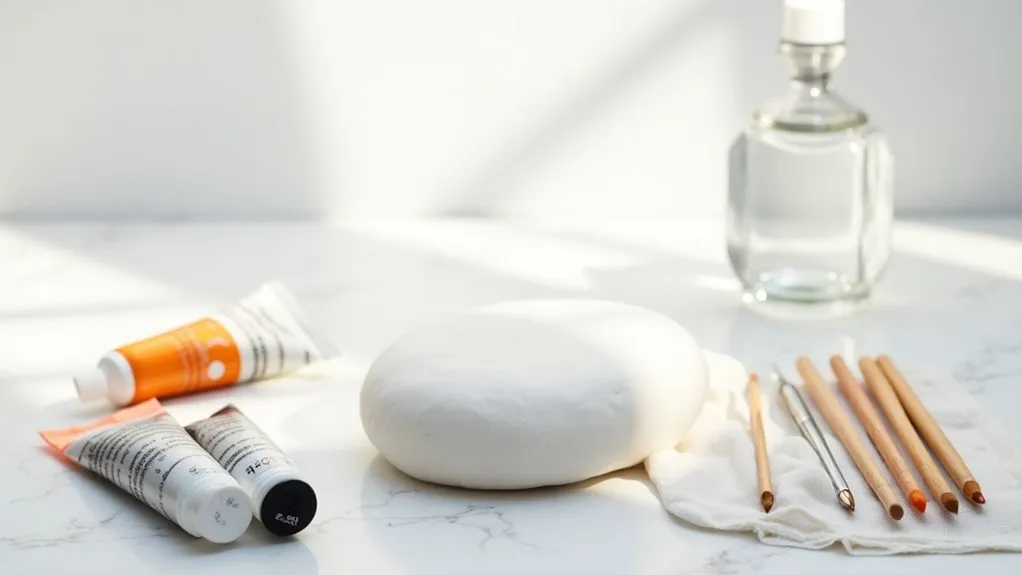
Success in crafting a one-eyed orange cat sculpture begins with organizing all necessary materials before starting the project.
You’ll need an 8-ounce block of air dry clay, acrylic paints in orange, white, and black shades, and a set of small paintbrushes ranging from sizes 0 to 4.
Make sure you’ve got a crafting knife or plastic sculpting tool for adding details and texture, plus a clear acrylic sealer spray to protect your finished piece.
Set up your workspace with a non-stick surface like wax paper, and keep a small bowl of water nearby for smoothing clay seams.
Having everything within arm’s reach will help you maintain focus and workflow while sculpting.
Remember to store any unused clay in an airtight container to keep it fresh for future projects.
Step 2. Form Rough Clay Shapes

With your materials ready and workspace prepared, it’s time to begin shaping the basic forms of your one-eyed cat sculpture.
Start by dividing your clay into two main portions: a larger piece for the body and a smaller one for the head. Roll these into smooth balls, making the body about twice the size of the head.
Create four equal-sized pieces for the legs, and set aside smaller portions for the tail and ears. You’ll want to keep these pieces relatively thick to prevent breakage while working.
Shape the body ball into an oval form, tapering slightly at one end, and flatten the bottom just enough so it’ll sit steadily.
Roll the head portion into a rounded shape that’s slightly wider than it’s tall.
Step 3. Add Texture and Details
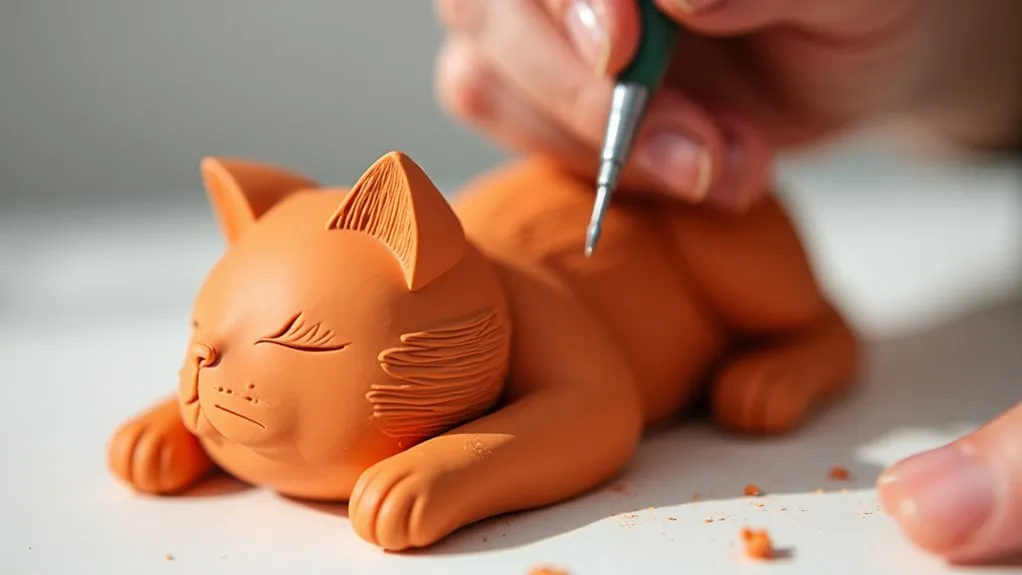
Delicate details bring the one-eyed cat sculpture to life as you begin adding distinctive features and textures. Using your sculpting tool, create gentle grooves across the cat’s surface to simulate fur, working in the natural direction that hair would flow.
Pay special attention to the face, where you’ll carefully shape one eye socket on the right side, leaving the left side smooth to represent the missing eye.
Form a small triangular nose, then use your tool’s tip to carve a subtle mouth line below it. Add whisker marks by making tiny indentations on either side of the nose.
Don’t forget to texture the ears, creating slight depressions at their centers. Finally, use your fingers to smooth any rough edges, ensuring the transitions between features remain natural and flowing.
Step 4. Paint Cat With Acrylics
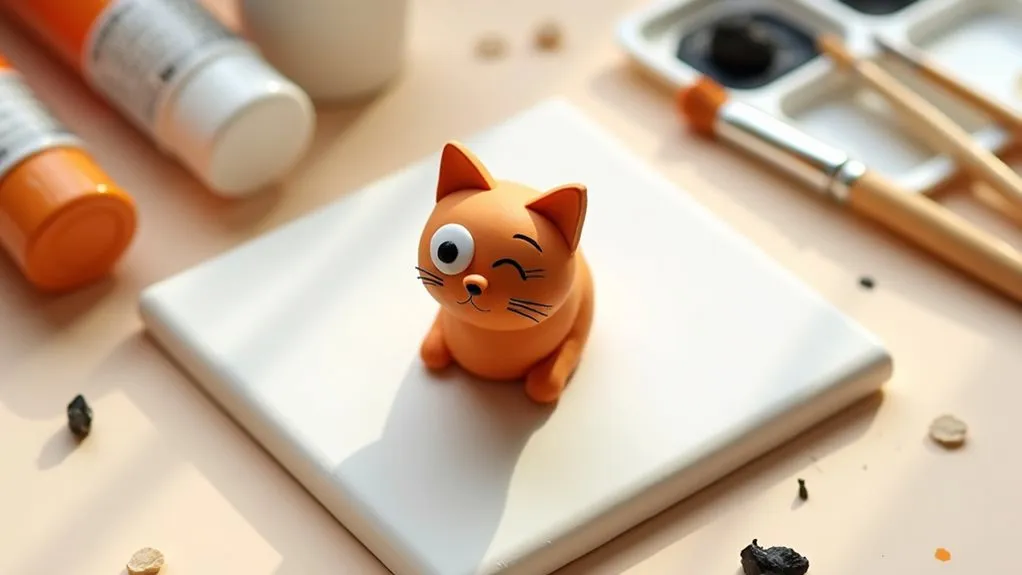
Bringing your one-eyed orange cat sculpture to life begins with a thoughtful approach to color application. Start by applying two thin coats of bright orange acrylic paint as your base color, allowing each layer to dry completely.
Next, add white paint to create subtle highlights along the cat’s chest, paws, and facial features, blending the edges for a natural transition between colors.
Create depth by dry-brushing darker orange tones in the fur texture grooves you’ve sculpted. Paint the nose pink, and carefully detail the single eye using black paint for the pupil and white for reflection highlights.
Don’t forget to add whiskers using fine, steady strokes with black paint. Once you’re satisfied with the painting, let it dry thoroughly before applying a protective clear sealer.
Step 5. Apply Protective Sealant
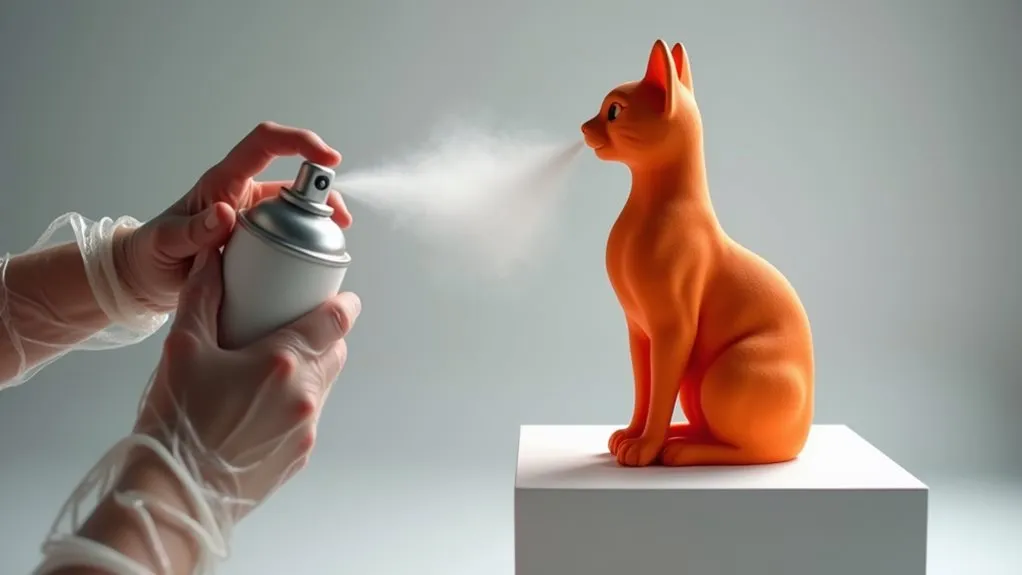
Once your painted one-eyed cat sculpture has dried completely for at least 24 hours, you’ll need to protect your artwork with a clear acrylic sealer that prevents chipping and preserves the colors.
Take your sculpture outside or to a well-ventilated area, and place it on a piece of cardboard or newspaper.
Hold the sealer spray can about 12 inches away from your sculpture and apply thin, even coats while slowly moving the can back and forth.
Make sure you cover all surfaces, including hard-to-reach areas under the tail and between the legs.
Allow the first coat to dry for 15 minutes, then apply a second coat for maximum protection.
Let your sealed sculpture dry indoors for 24 hours before handling or displaying it.
Final Thoughts
Creating a one-eyed orange cat sculpture lets you celebrate the resilience and beauty of special felines while developing your artistic skills.
As you’ve learned through this project, crafting with air dry clay requires patience, attention to detail, and a gentle touch. Your finished sculpture serves as both a meaningful art piece and a conversation starter about the unique charm of one-eyed cats.
Remember that practice makes perfect, and each sculpture you create will help refine your technique.
Don’t be afraid to experiment with different poses, expressions, or even color variations to capture the distinct personalities of these remarkable cats.

